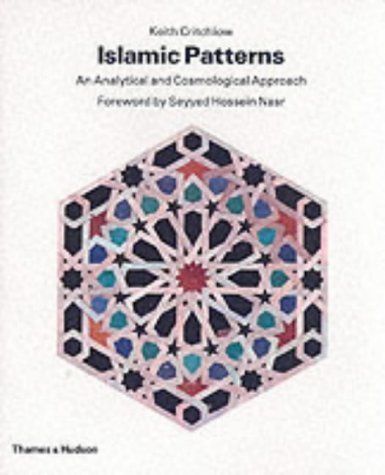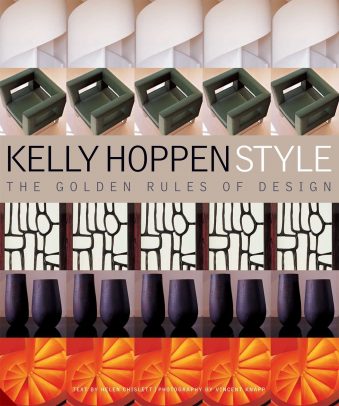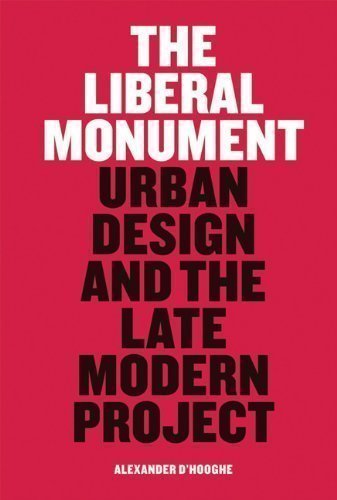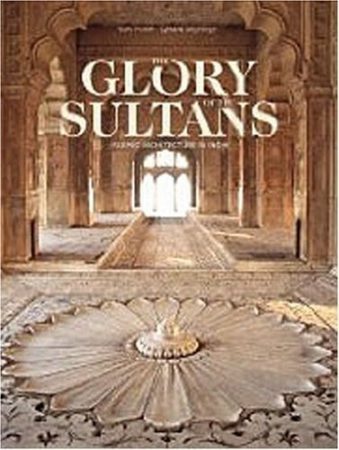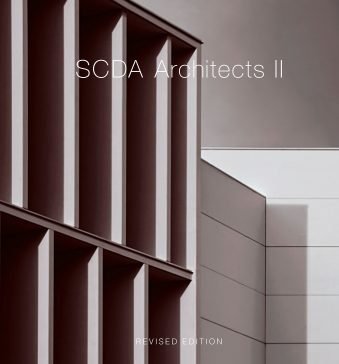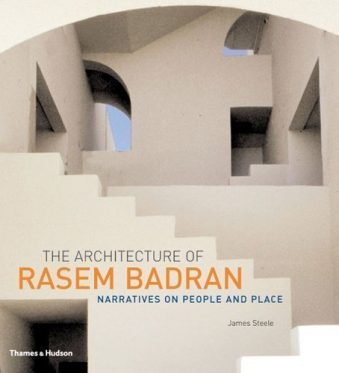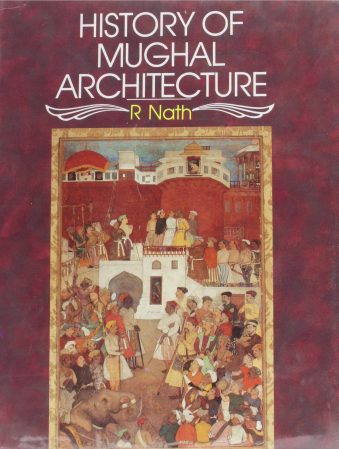- Empty cart.
- Continue Shopping
CONDITION USED GOOD,Islamic Patterns: An Analytical and Cosmological Approach, PAPERBACK
₹2,952.00
- By
- Paperback: 192 pages
- Publisher: Thames & Hudson; First Edition edition (14 June 1976)
- Language: English
- ISBN-10: 0500270716
- ISBN-13: 9780500270714
- Product Dimensions: 21.6 x 1.9 x 26 cm
1 in stock
For centuries the nature and meaning of Islamic art has been misunderstood in the West, being regarded as no more than decoration. But in fact the abstract art of Islam represents the sophisticated development of a supra-naturalistic tradition, since the portrayal of human and animal forms has always been discouraged by the Prophet Muhammad, so as to avoid idolatry. Hence, among the world’s great artistic traditions, Islamic art has maintained its singular integrity and inner content with the least diversion from its aim: the affirmation of unity as expressed in diversity. The Pythagorean/Platonic doctrines are easily recognizable in the body of Islamic geometric art, as the wisdom of this practice was exalted by Socrates, in Plato’s Republic dialogue (527), when he specifically gave the reason for practising geometry. Its practice rekindled the inner organ (or eye of wisdom) by which alone we can see the truth. The geometrical patterns of Islamic art reveal to the eye of the sensitive onlooker the intrinsic cosmological laws affecting all Creation. The primary function of these patterns is to lead the mind from the literal and mundane world towards the underlying permanent reality. The numerous sequential drawings show how the art of Islam is inseparable from the science of mathematics. Thus, we can see clearly how an Earth-centred – ‘common-sense’ – view of the cosmos gives renewed signficance to the number patterns produced by the orbits of the planets, correlating the cosmos as experienced by man with the patterns created in Islamic art, and thereby throwing new light on the perennial symbolic significance of number. The mathematical tessellations inherent in space-filling patterns are revealed as an essential practical and philosophical basis for the creation of each completed work of art – whether a tile, a carpet, a wall or an entire building – and thus affirm the underlying essential unity of all things.
About the Author
Dr. Keith Critchlow is the co-founder of the journal Temenos, as well as the author of numerous books on sacred geometry. He is Professor Emeritus at The Prince’s School of Traditional Arts in London, and a former professor of Islamic Art at the Royal College of Art.




